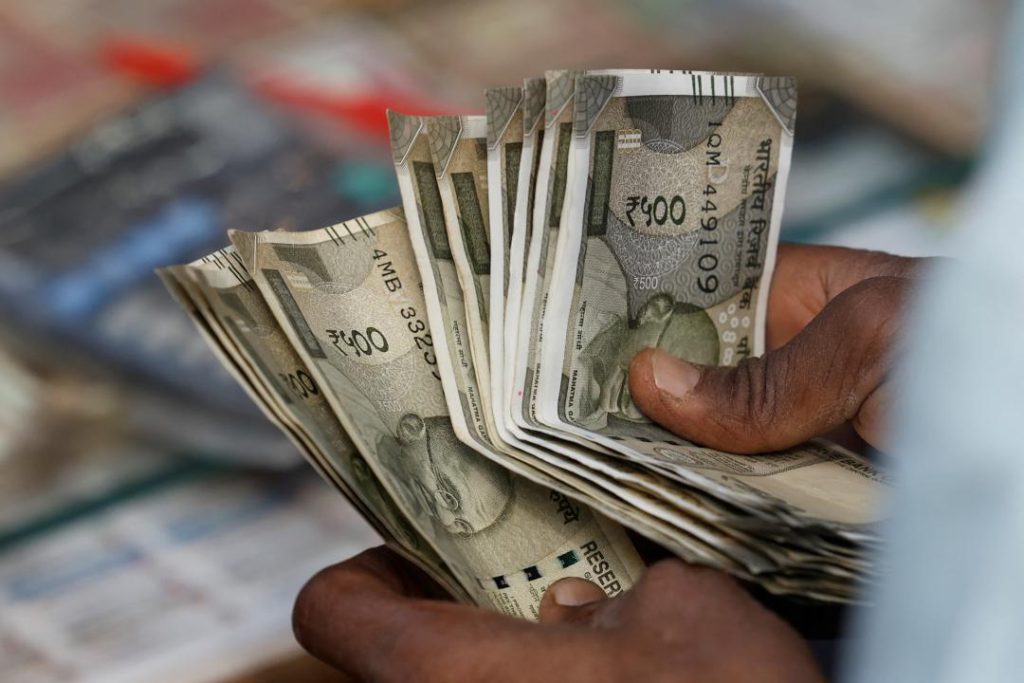
What got cheaper & costlier in March as CPI falls to 67-month-low of 3.34%?
India’s retail inflation, as measured by the Consumer Price Index (CPI), has fallen to a 67-month-low of 3.34% in March. This significant decline is a welcome relief for consumers, who have been grappling with rising prices over the past few months. The data released by the Ministry of Statistics and Programme Implementation reveals that prices of several essential commodities have seen a notable decline, while others have seen a marginal increase.
Prices that got cheaper
According to the data, prices of eggs, vegetables, and pulses saw a considerable decline in March. Eggs, which were earlier priced at around ₹5 per piece, now cost approximately ₹4.50 per piece. Vegetables, which were earlier priced at around ₹20-30 per kilogram, now cost around ₹15-25 per kilogram. Pulses, which were earlier priced at around ₹100-150 per kilogram, now cost around ₹80-120 per kilogram.
Spices, meat, fish, housing, recreation, and amusement also saw prices drop marginally. Spices, which were earlier priced at around ₹50-100 per kilogram, now cost around ₹40-90 per kilogram. Meat, fish, and poultry products, which were earlier priced at around ₹150-250 per kilogram, now cost around ₹120-220 per kilogram.
Fruit prices, however, saw a sizeable jump. With the onset of summer, fruits like mangoes and bananas have become more expensive. Mangoes, which were earlier priced at around ₹20-30 per kilogram, now cost around ₹30-40 per kilogram. Bananas, which were earlier priced at around ₹10-15 per dozen, now cost around ₹15-20 per dozen.
Prices that got costlier
Prices of cereals, milk, oil, sugar, confectionery, clothing, snacks, sweets, pan, tobacco, footwear, fuel, and health and education saw marginal rises. Cereals, which were earlier priced at around ₹20-30 per kilogram, now cost around ₹25-35 per kilogram. Milk, which was earlier priced at around ₹40-50 per liter, now costs around ₹45-55 per liter.
Oil prices, which were earlier priced at around ₹100-150 per liter, now cost around ₹120-160 per liter. Sugar, which was earlier priced at around ₹40-50 per kilogram, now costs around ₹50-60 per kilogram. Confectionery items, which were earlier priced at around ₹10-20 per packet, now cost around ₹15-25 per packet.
Clothing and footwear prices also saw a marginal increase. Clothing, which was earlier priced at around ₹100-200 per piece, now costs around ₹120-250 per piece. Footwear, which was earlier priced at around ₹500-1000 per pair, now costs around ₹600-1200 per pair.
What does this mean for consumers?
The decline in retail inflation is a welcome relief for consumers, who have been grappling with rising prices over the past few months. With prices of essential commodities like eggs, vegetables, and pulses declining, consumers can expect to save a significant amount on their monthly expenses.
However, the marginal increase in prices of cereals, milk, oil, sugar, confectionery, clothing, snacks, sweets, pan, tobacco, footwear, fuel, and health and education may cause some concern for consumers. It is essential for consumers to be cautious and plan their expenses carefully to avoid any financial strain.
Conclusion
In conclusion, the decline in retail inflation is a positive sign for the Indian economy. The decline in prices of essential commodities like eggs, vegetables, and pulses is a welcome relief for consumers. However, the marginal increase in prices of other commodities is a cause for concern. It is essential for consumers to be cautious and plan their expenses carefully to avoid any financial strain.
Source:






